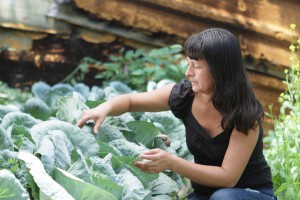The faces of the food crisis
When international food prices reached an all-time peak earlier this year, many clamored to understand the drivers of this alarming trend. Oxfam dove headfirst into the discussion, pointing out the politics behind the food price crisis, and calling for reforms that would help prevent the most vulnerable from catastrophe. But often missing from these conversations […]

When international food prices reached an all-time peak earlier this year, many clamored to understand the drivers of this alarming trend. Oxfam dove headfirst into the discussion, pointing out the politics behind the food price crisis, and calling for reforms that would help prevent the most vulnerable from catastrophe.
But often missing from these conversations was a real understanding of how the food price crisis is playing out in communities across the globe. It may be easy for the average person to understand the impacts of higher food prices in their own life, but sometimes the big picture is too remote or complex to comprehend. That’s why we created the food price pressure points map, to provide a snapshot of how global prices are hitting home in some of the most vulnerable communities around the world.
Other groups like ActionAid and the Environmental Working Group have done fantastic work to describe the link between biofuels policies and rising prices and show just how vulnerable some countries are to price volatility. We hope our map adds to their great work, and advances this dialogue by providing new insight into the consequences of a broken food system. We also created this map to give people an easy platform to take action. That’s why we made it easily embeddable, just like a YouTube video. We encourage you to steal it, use it, and share it. Check it out and let us know what you think.
Want to put the map on your website or blog? Just go here to copy and paste the code to add this map to your own site.
